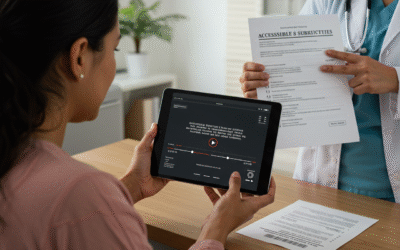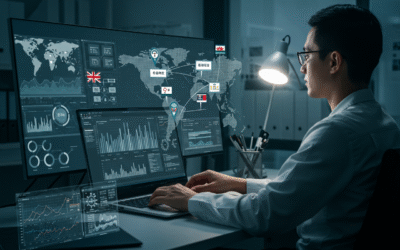The COVID-19 pandemic had a significant impact on various industries, and medical translation is no exception. The urgent need for accurate and timely translations of health-related documents grew exponentially during the pandemic. As the world focused on controlling the spread of the virus, the role of medical translators became even more crucial in delivering information to the public, healthcare providers, and government organizations.
The Shift in Medical Translation During COVID-19
The medical translation sector experienced a major transformation as COVID-19 spread worldwide. Medical information, such as vaccine guidelines, health protocols, and research findings, needed to be translated quickly and accurately into multiple languages. This was especially important for global health organizations, which relied on translations to communicate vital information.
The pandemic also highlighted the growing demand for translation services in real-time. As medical researchers published findings faster than ever, translators had to keep up with the influx of technical content. Additionally, the rise of telemedicine created a need for remote medical translation, allowing patients to consult with doctors in their native languages, regardless of their location.
Increased Demand for Accurate Medical Translations
One of the key factors in transforming the medical translation landscape was the increased demand for accuracy. Inaccurate translations could lead to misunderstandings, potentially affecting patient care and safety. As a result, medical translators had to work with higher standards of precision. The speed of translation also became a critical factor, as timely information was essential to managing the crisis.
Translators now face the challenge of staying up-to-date with medical terminology, as new terms and phrases related to COVID-19 emerged. Translators had to be flexible, not only mastering traditional medical terms but also adapting to the rapidly evolving language of the pandemic.
The Future of Medical Translation
The pandemic reshaped the way the world thinks about medical translation. With the increasing reliance on digital communication and virtual healthcare, the demand for high-quality medical translations is expected to continue growing. Medical translation agencies must adapt to these changes by incorporating more advanced technologies, such as AI-assisted translation tools, to improve efficiency and ensure accuracy.
In conclusion, COVID-19 has transformed the medical translation industry, highlighting the importance of accuracy, speed, and adaptability. As healthcare continues to globalize, the role of translators in conveying critical information will remain vital. By embracing new technologies and refining their skills, medical translators will be able to meet the challenges of an increasingly interconnected world.





